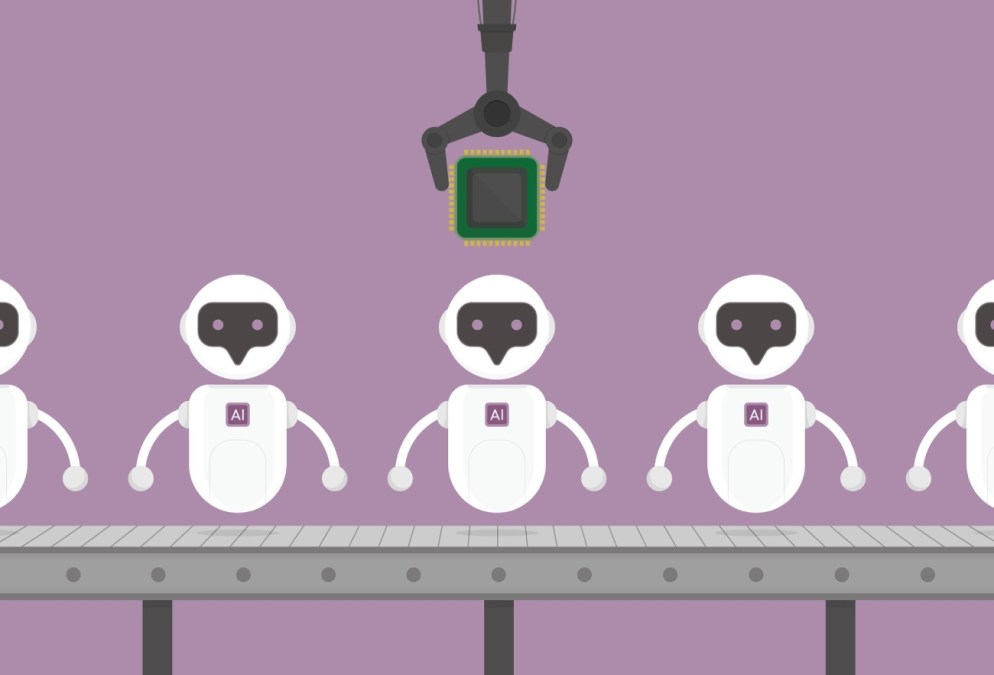State workforces in the “zero to one phase” with AI, officials say

Dozens of state governments over the past year have built inroads to responsibly incorporating artificial intelligence into their operations and digital services, including creating task forces, developing policies, and piloting use cases.
But state governments, like other organizations, continue to face common adoption problems, such as establishing strong ethical guidelines and eliminating biases, including one big obstacle that remains in the way of generative AI tools becoming commonplace: a trained workforce that understands how to use the new capabilities and tools.
“Humans need to thrive in establishing a capability from scratch, guiding it towards escape velocity, setting the conditions for success, as much as actually building and deploying. And those are often sort of different skill sets than, you know, someone who is then taking a set of things that have been created and being able to scale that effectively across an institution,” Nishant Shah, senior advisor for responsible AI in the state of Maryland, said during StateScoop’s IT Modernization Summit on Tuesday.
Shah likened the AI sandbox many state and local governments are currently in to the “zero-to-one phase,” the process of going from zero solutions to one, or from an idea to a product or service that didn’t exist before.
“So in the same way that we have our enterprise architects orchestrating pieces of the tech stack, we should think about algorithms the same way,” said Josiah Raiche, chief data & AI officer for the state of Vermont, during the online summit. “We’re really looking at how we’ll use AI to solve some of our workforce challenges, to make experiences better for Vermonters.”
Training the workforce
Government IT officials agree that state employees charged with managing generative AI tools within governments need to be embedded into teams with strong technology expertise across their states and that they need to train their current teams to work with emerging technologies, like generative AI, more generally.
For example, Pennsylvania is using Open AI’s ChatGPT for a one-year pilot in its HR and IT offices to see if the tool will improve repetitive, mundane tasks.
“Over the course of the first six months, we did surveys, interviews, group studies,” Amaya Capellan, chief information officer for the Commonwealth of Pennsylvania, explained during the IT summit. “One of the big takeaways was time-saving. People reported saving about 105 minutes a day, which is pretty significant.”
Capellan added that the positive feedback is forcing her team to expand the pilot program into more state agencies, and the state will share the results early next year.
Other government officials, like Shawnzia Thomas, chief information officer for the state of Georgia, told fellow panelists during the summit that her office is focused on getting employees excited about using generative AI tools, instead of worrying the technology might replace them.
“Our takeaway here in Georgia is getting our folks comfortable with it, boosting that morale, making sure they understand it’s not going to take their job for one,” Thomas said of the eight state agencies testing various generative AI tools. “The second type of way is training. We’ve got to do some extensive training that will get that adoption rate up.”






